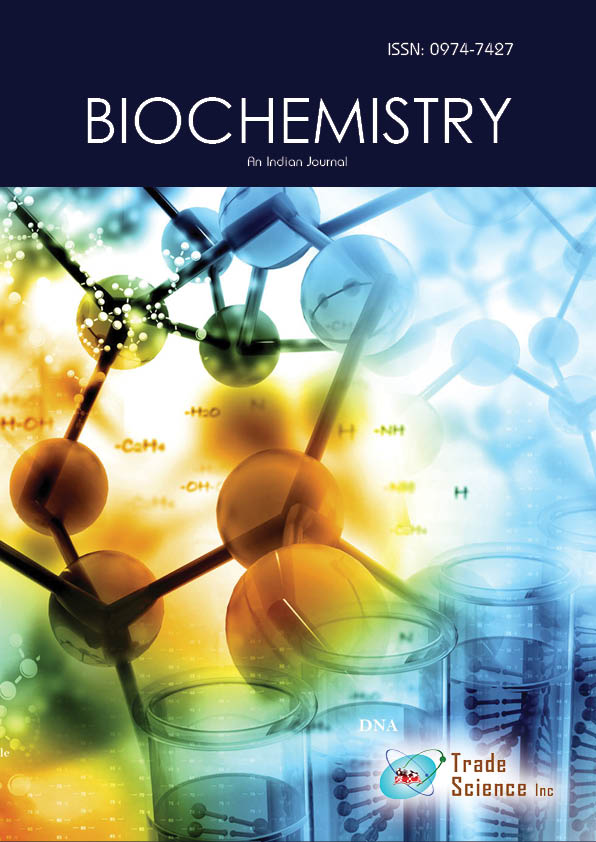Abstracto
Endocrine Disruptors (ED) and Human Exposure
Lerda D
Increasing cases of malfunctions in the reproductive system, such as spermatic decrease in count and functionality, early puberty in boys and girls, increase of breast, prostate and testicle cancer and malformations associated with hormonal problems raise a sort of generalized concern. Simultaneously, cases of alterations in the reproductive function of an increasing amount of animal species can be observed. These are due to the exposure to persistent chemical substances such as pesticides, detergents, dioxins and furans. As a response, in the last decades an intense research activity has been promoted in order to describe these compounds according to their capacity to alter the endocrine- reproductive system homeostasis, naming them endocrine disruptors. Among the recognized disruptor compounds, the following can be listed: phytoestrogens, organochlorinated pesticides, alkyl-phenol polyethoxylates, polychlorinated biphenyls, chlorophenols, phthalates, artificial estrogens, dioxins, furans and some aromatic polycyclic hydrocarbons; that is to say, compounds that can be found in everyday life. The concern lies in that they can be found in the environment at very low levels and have been proved to have harmful effects on fauna species aswell as on laboratory animals at these lowlevels. The greatest difficulty to determine the effects on human beings is that they are exposed to several ED simultaneously. The main exposure risk lies on the early prenatal and postnatal development, when the organs and the nervous systemare transforming and the increasing incidence of neurodegenerative diseases of unknown etiology could be explained by environmental factors of substances which can be promoters, such as some pesticides. This work tries developing better global data, especially in countries outside North America and Europe, on status and trends of environmental contamination, exposure, and health outcomes.
